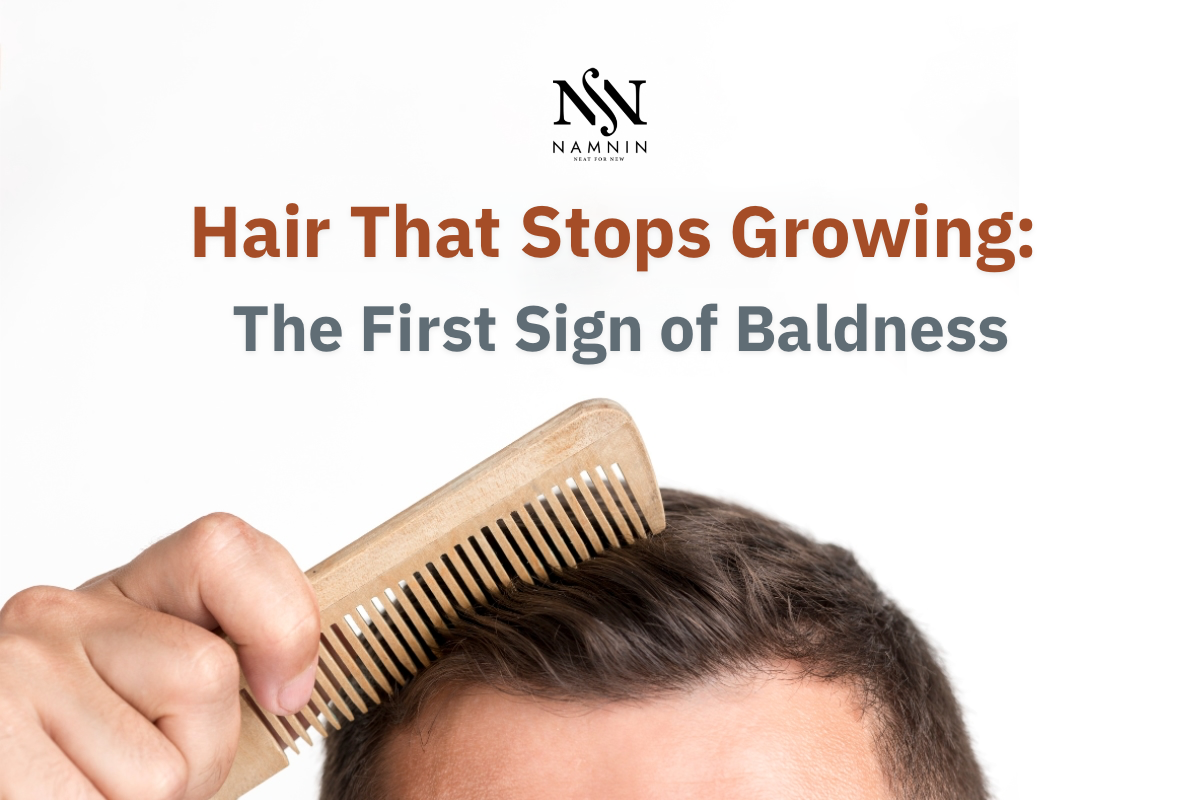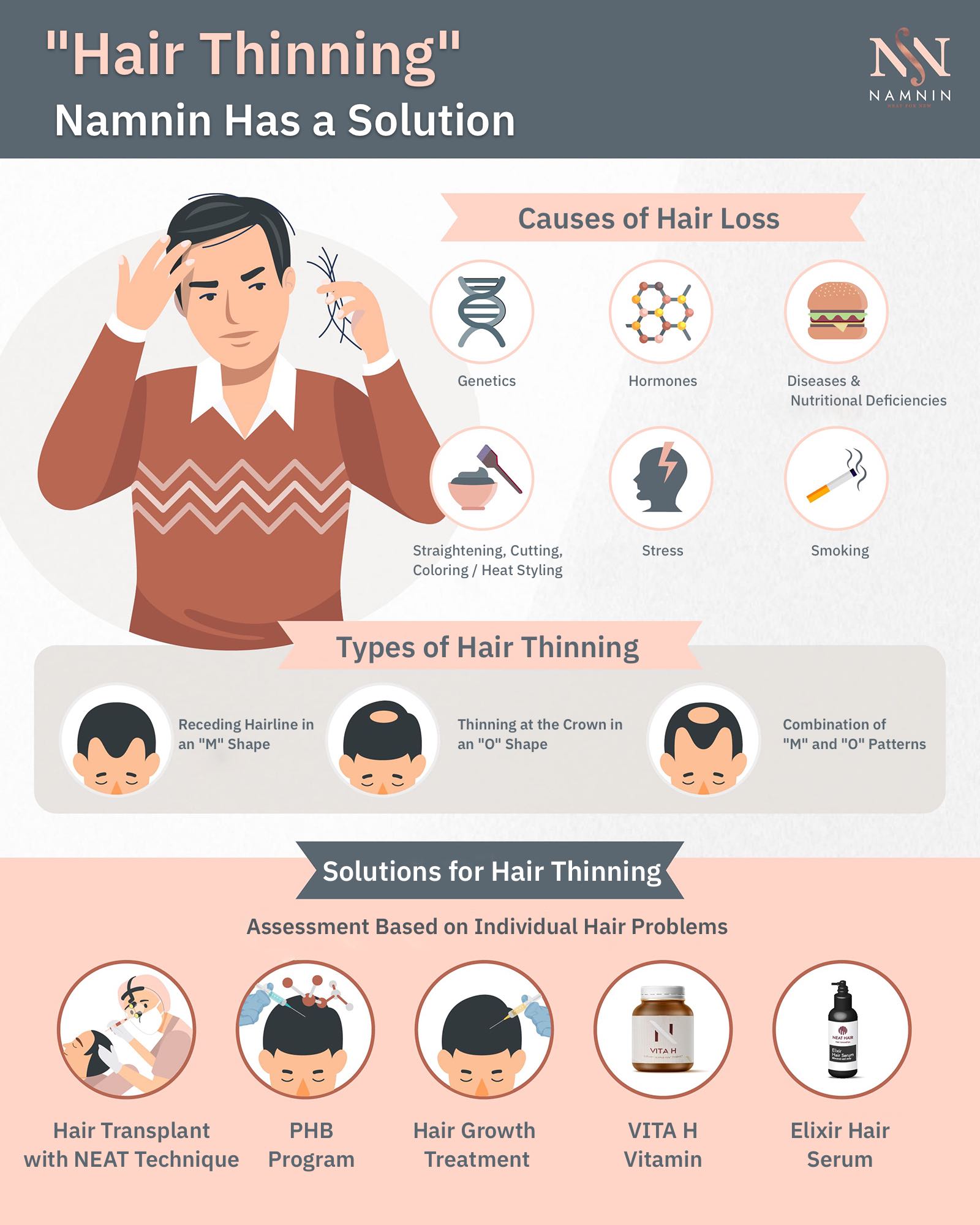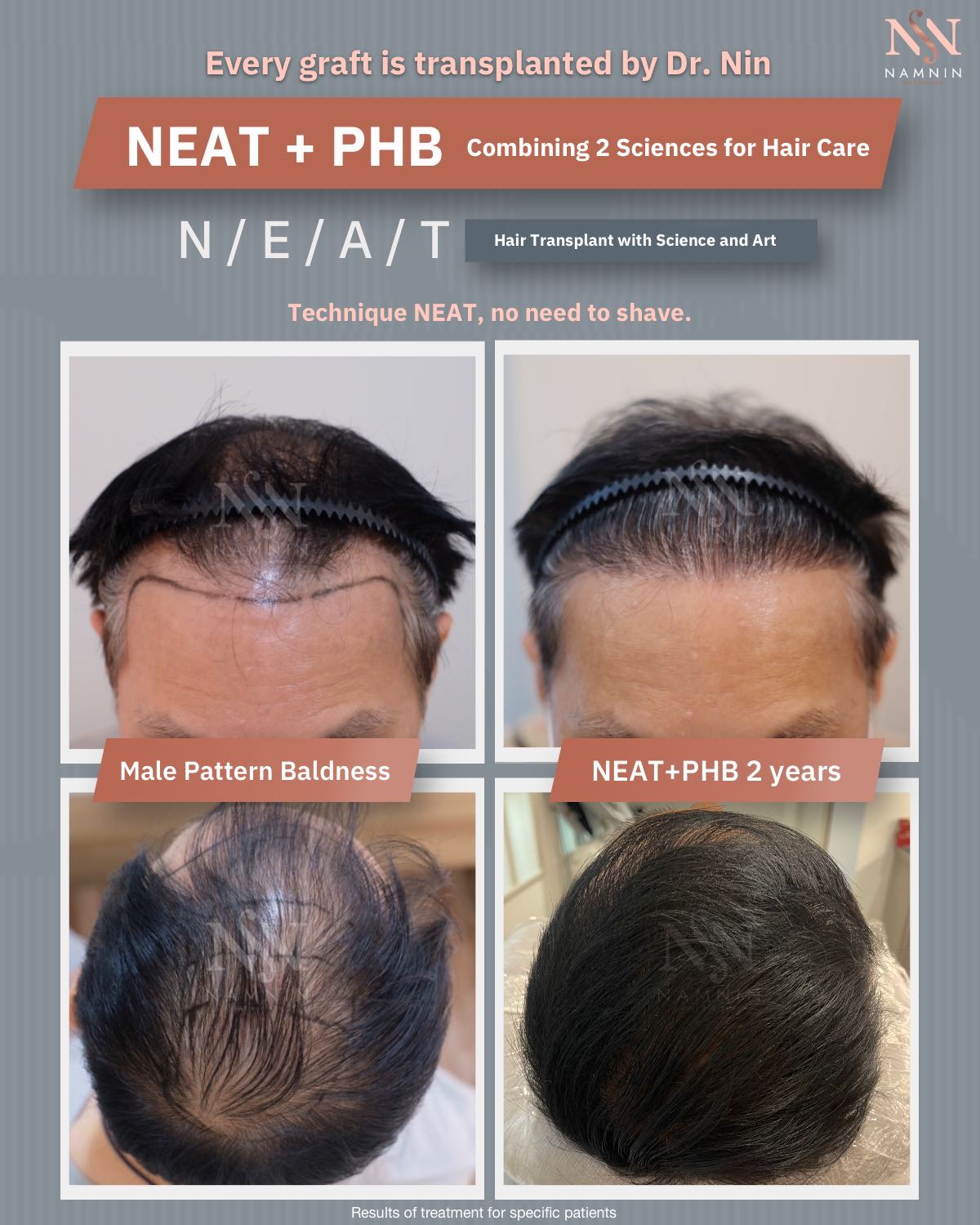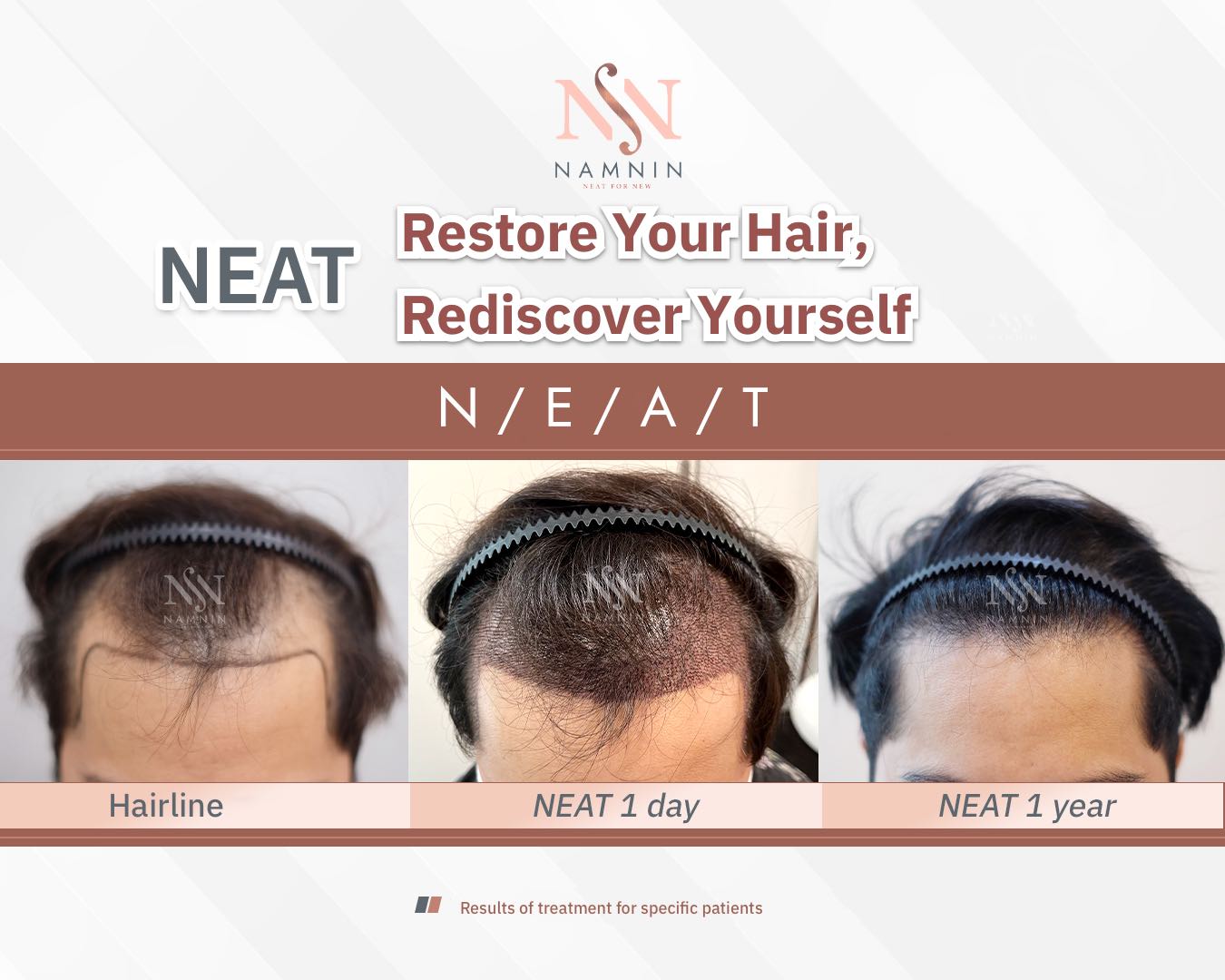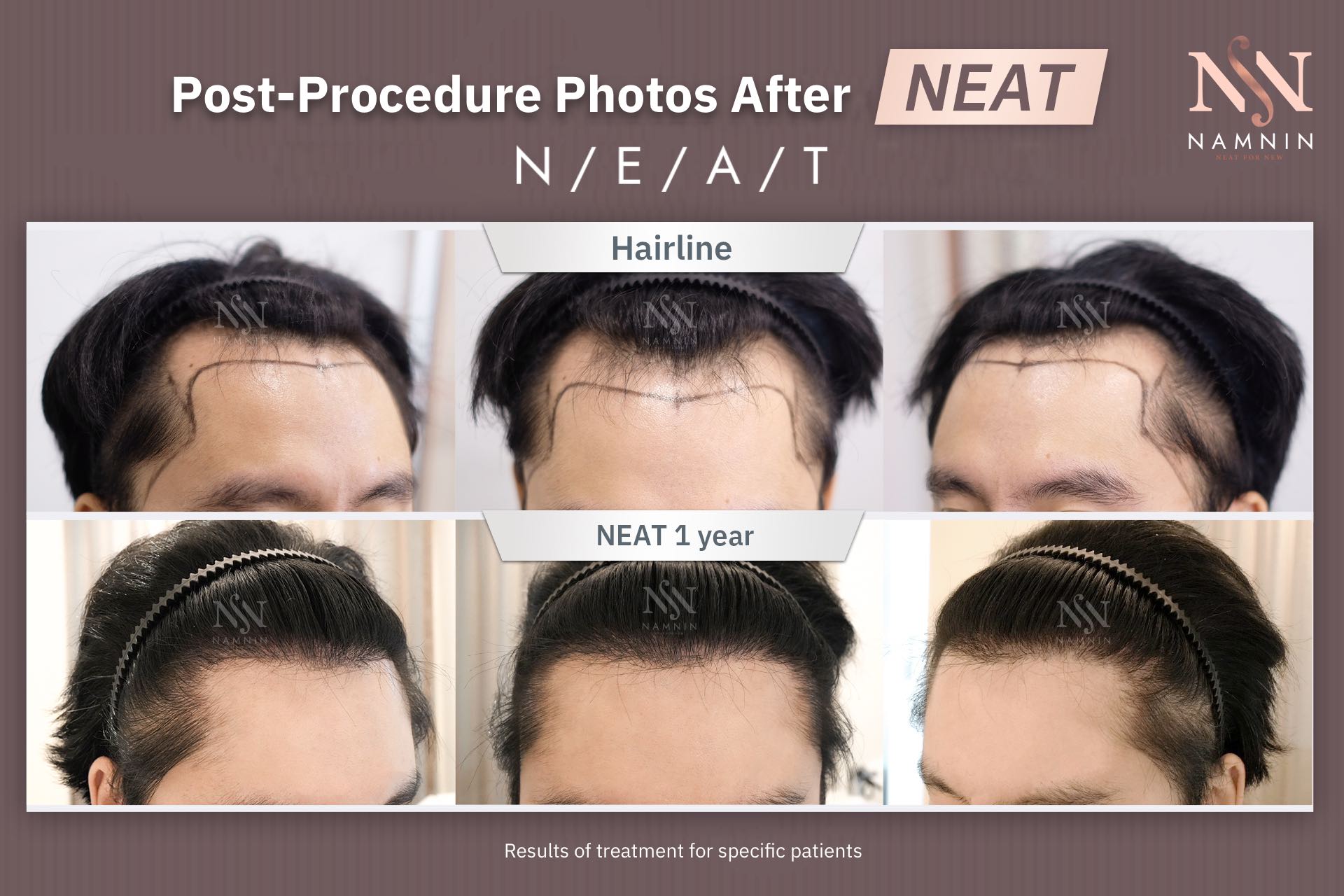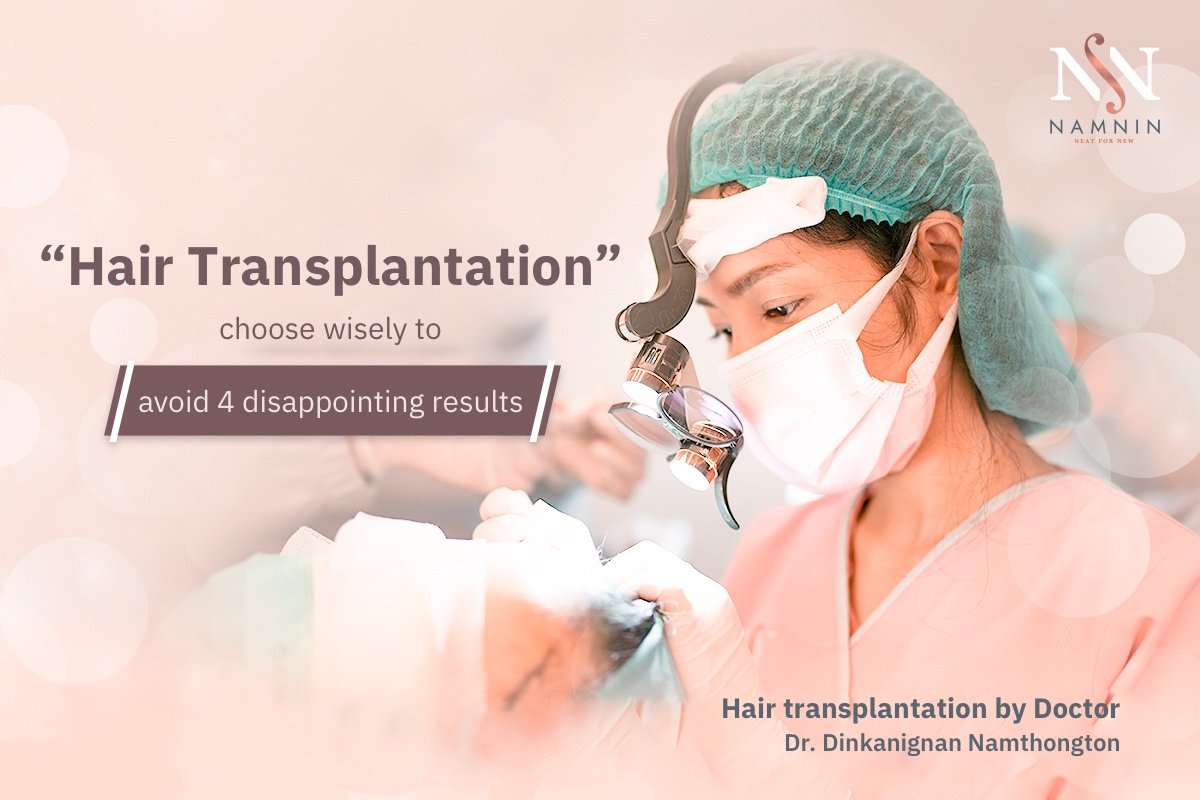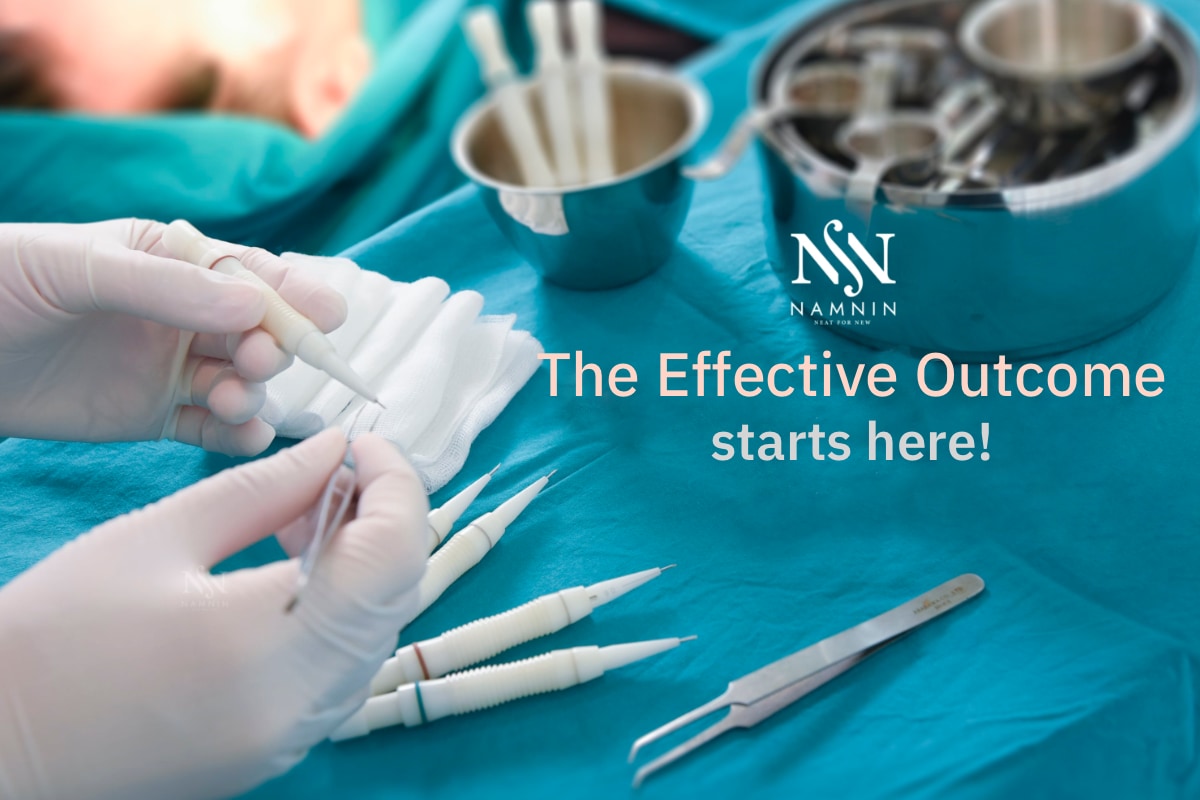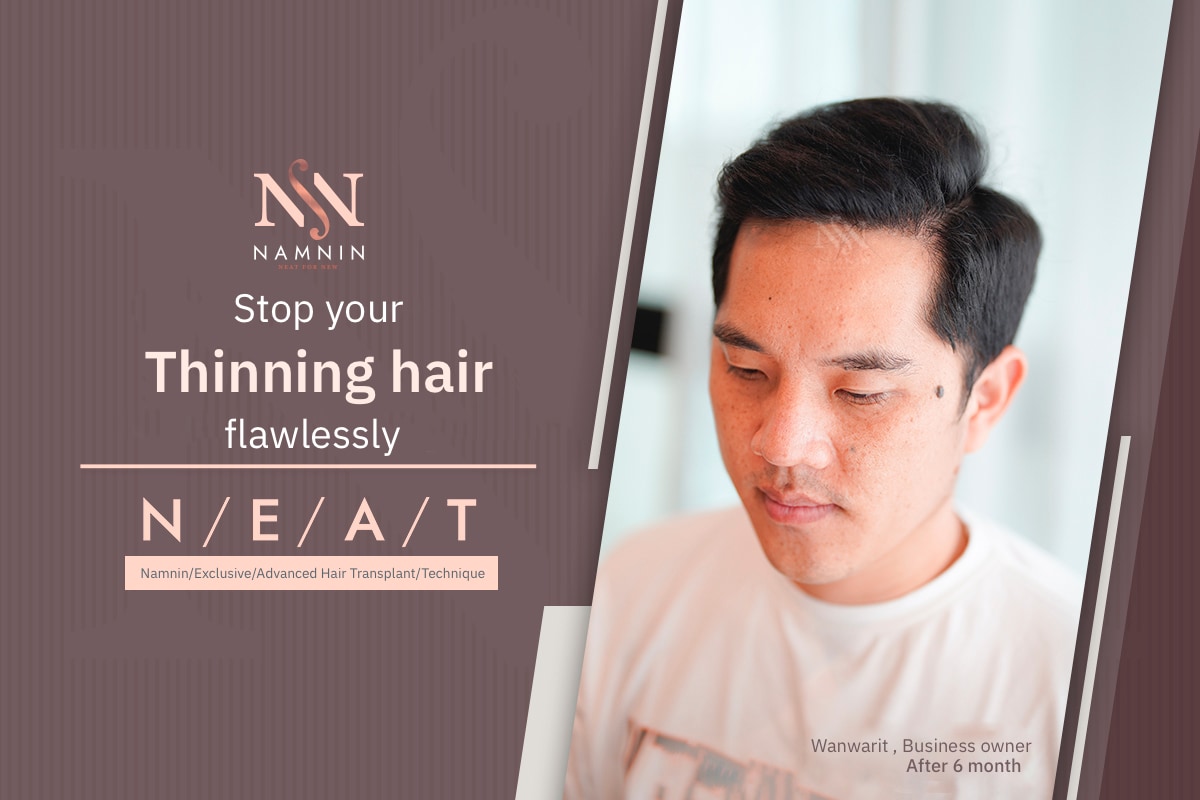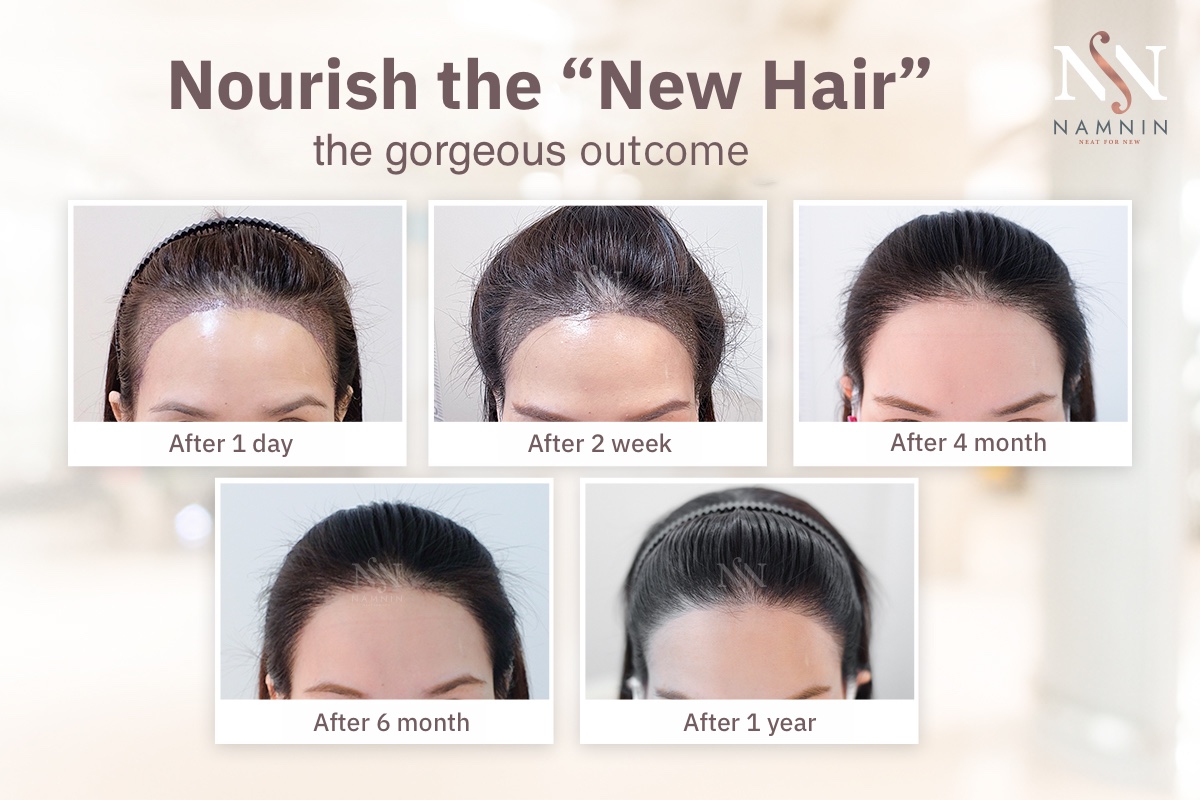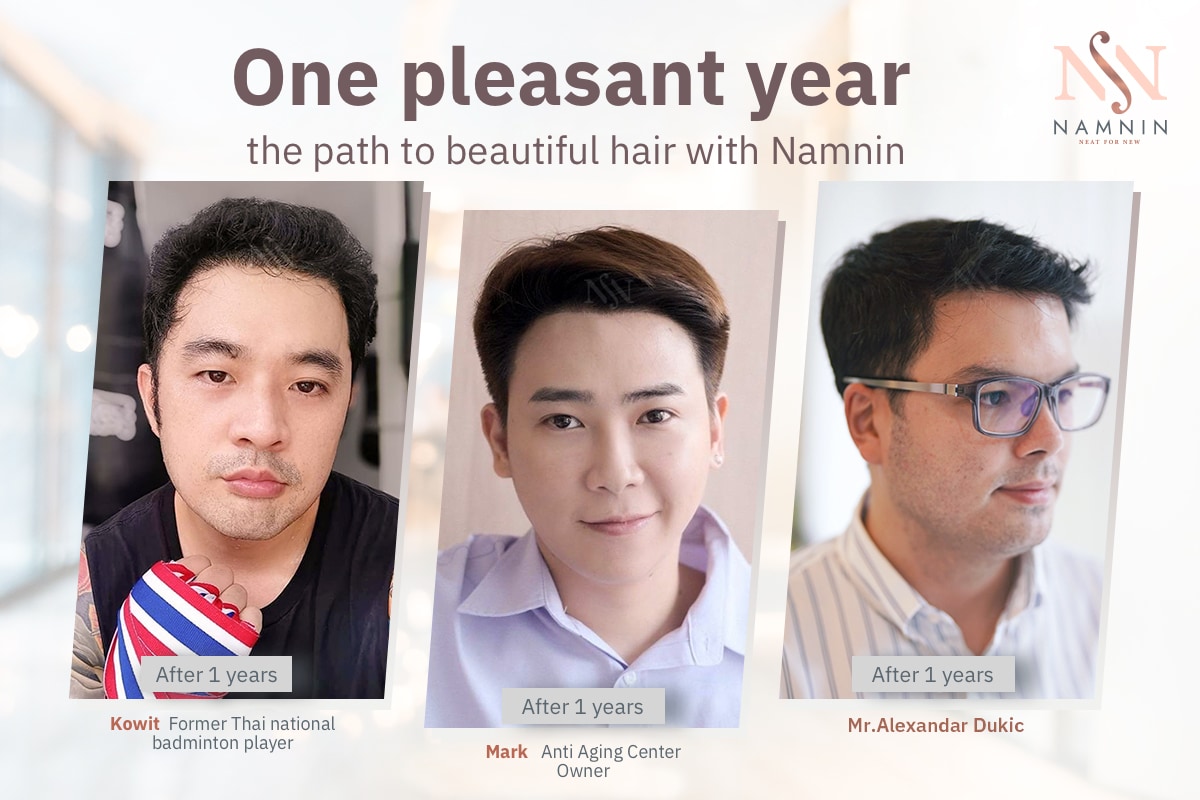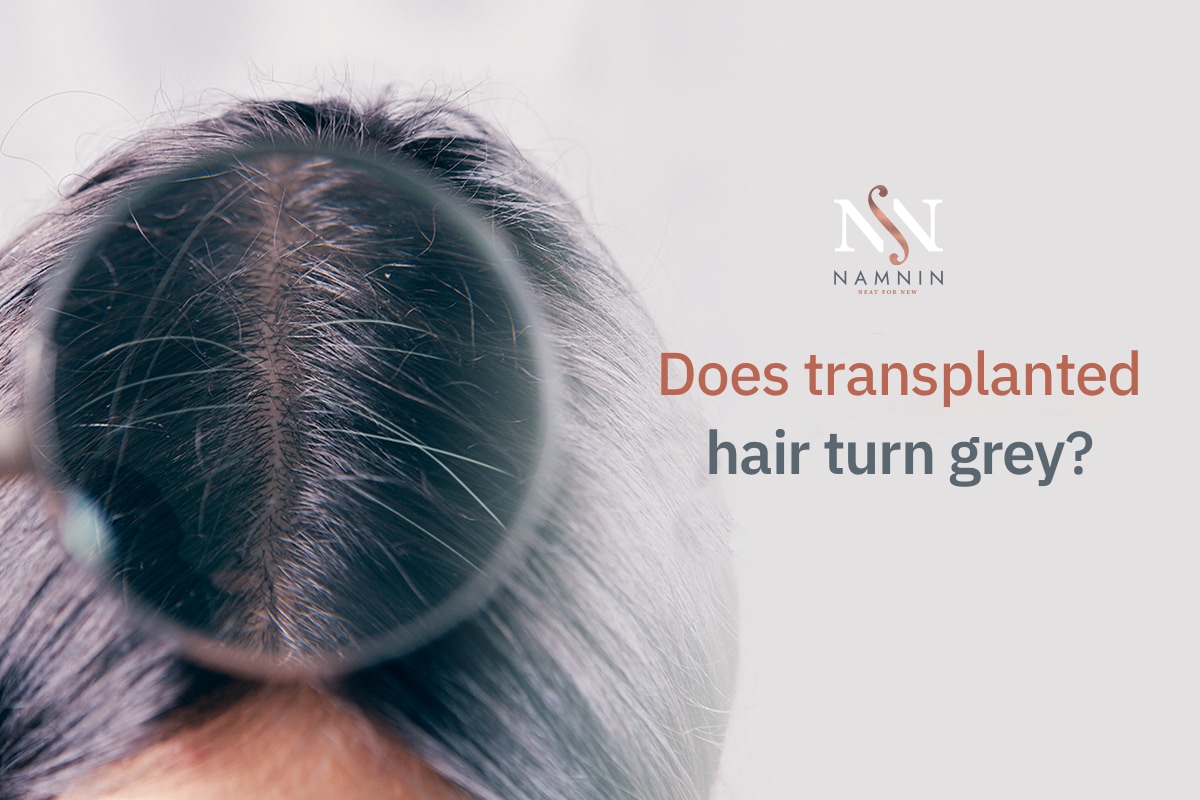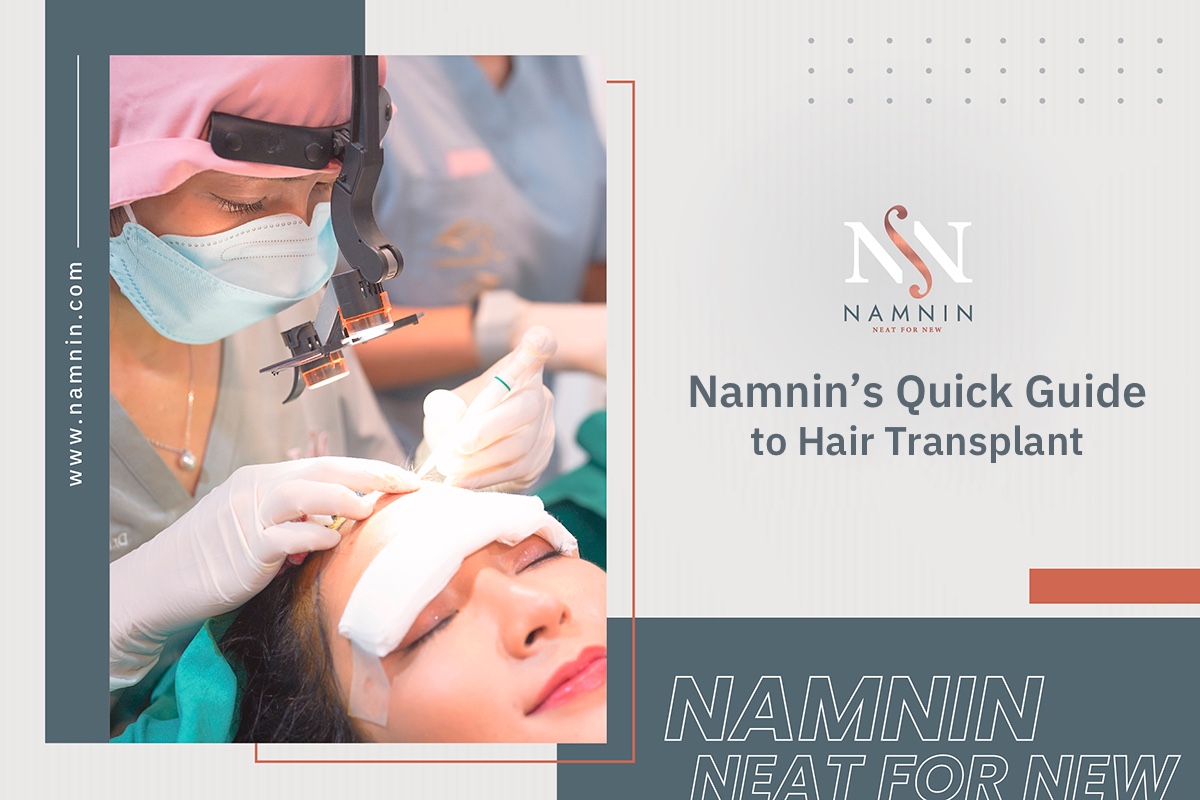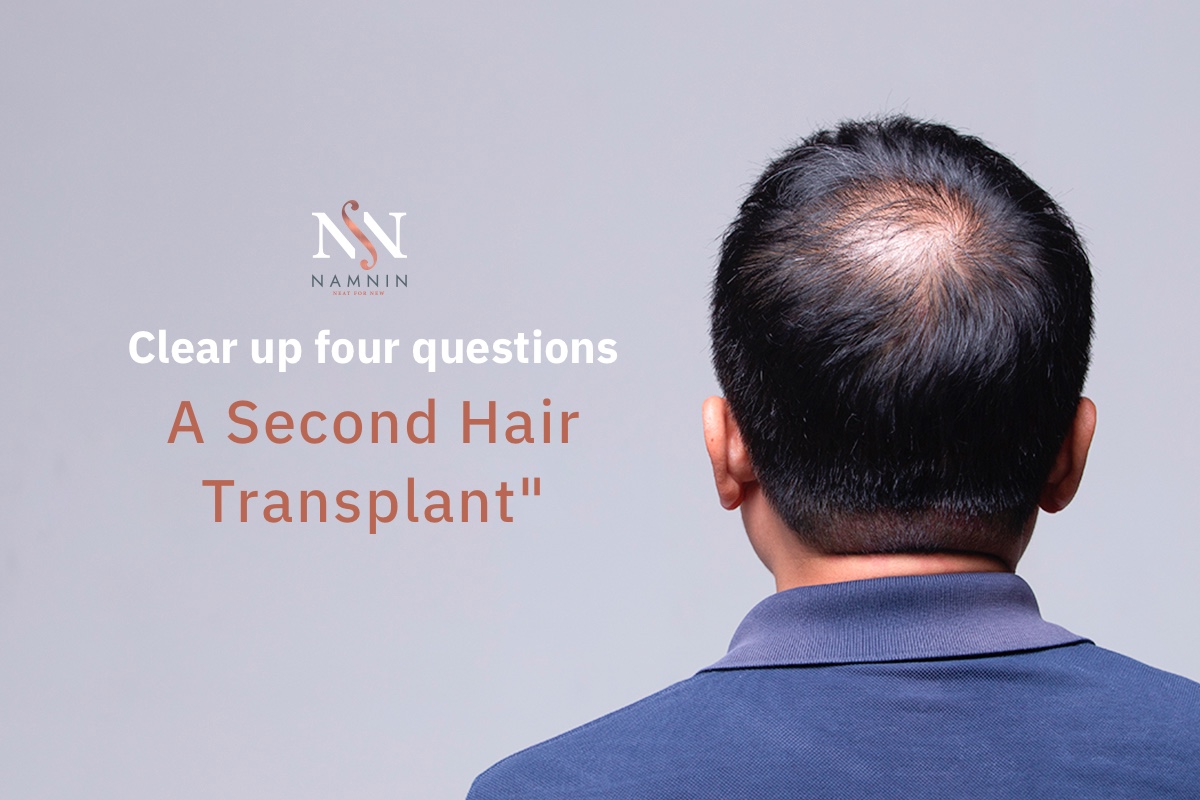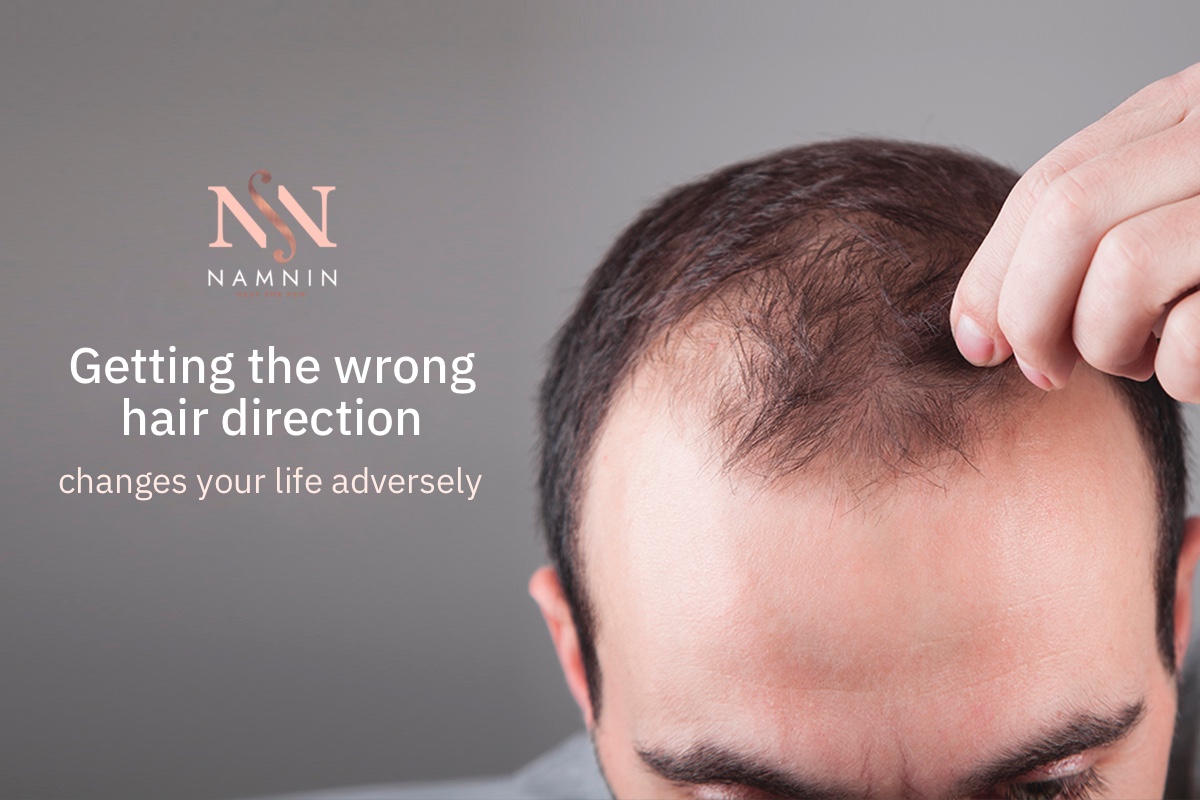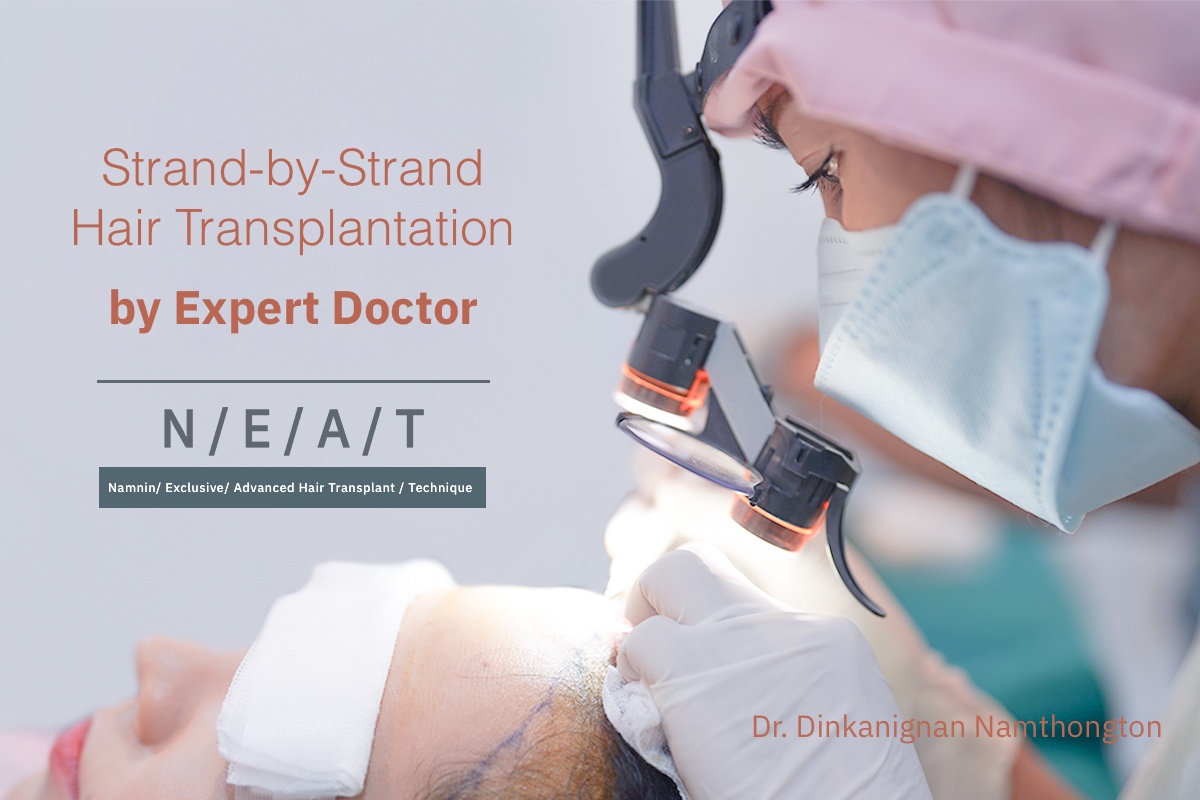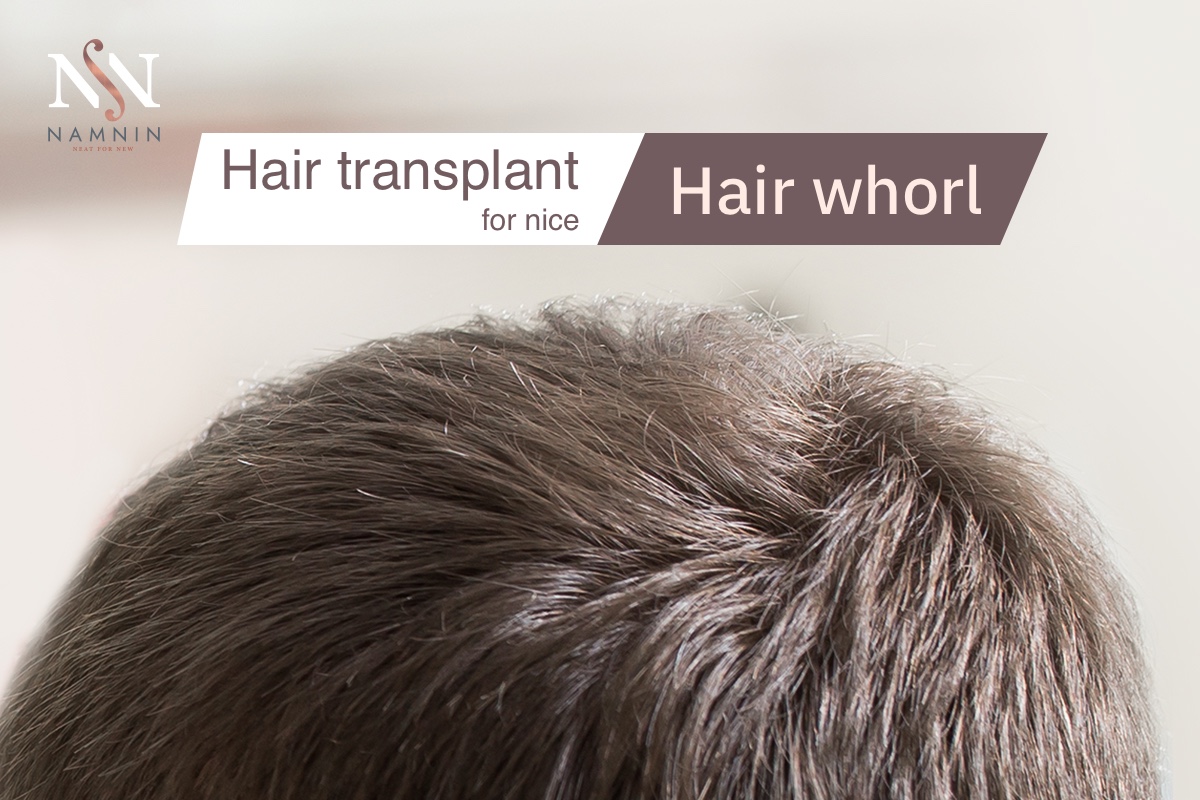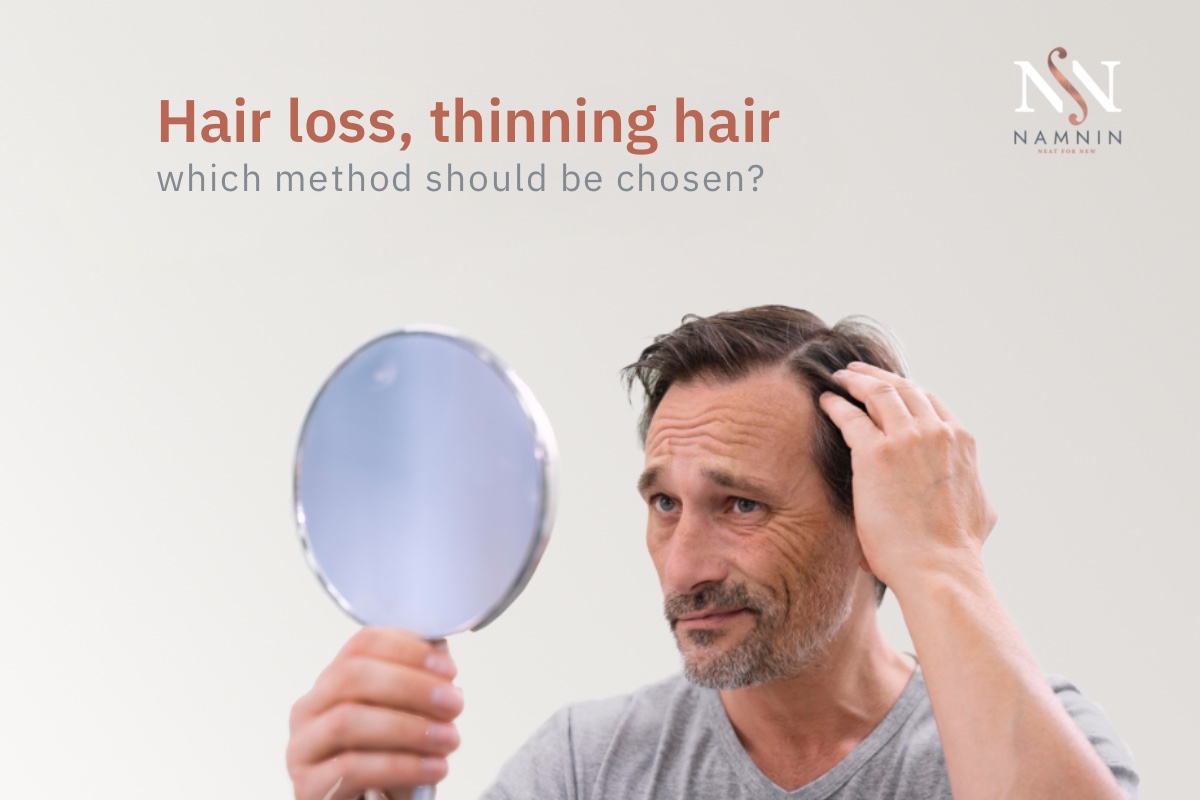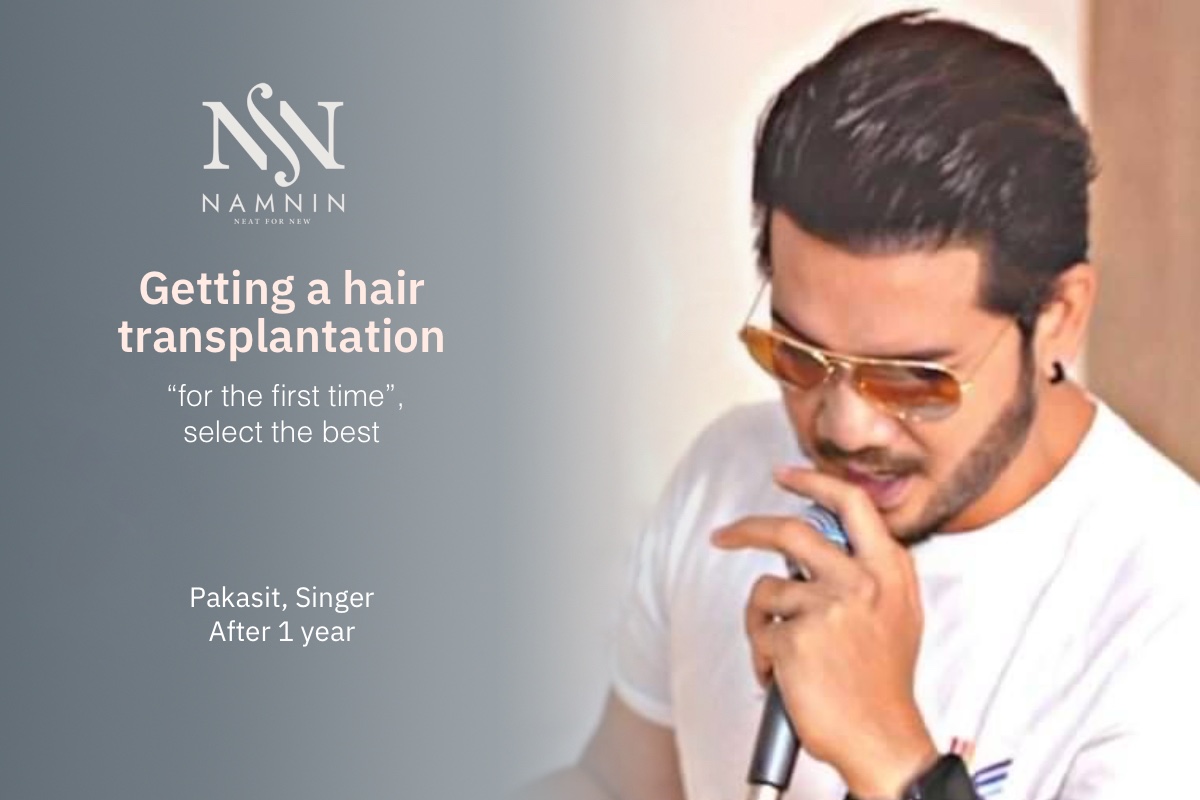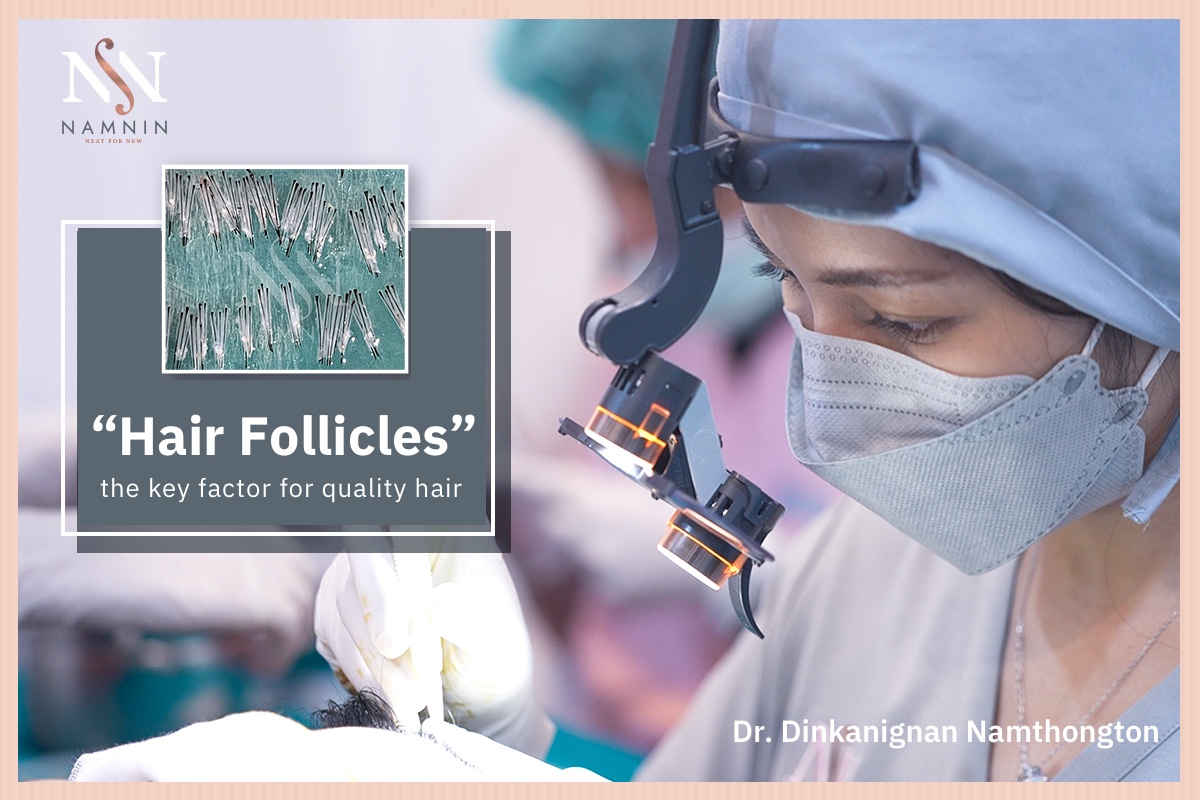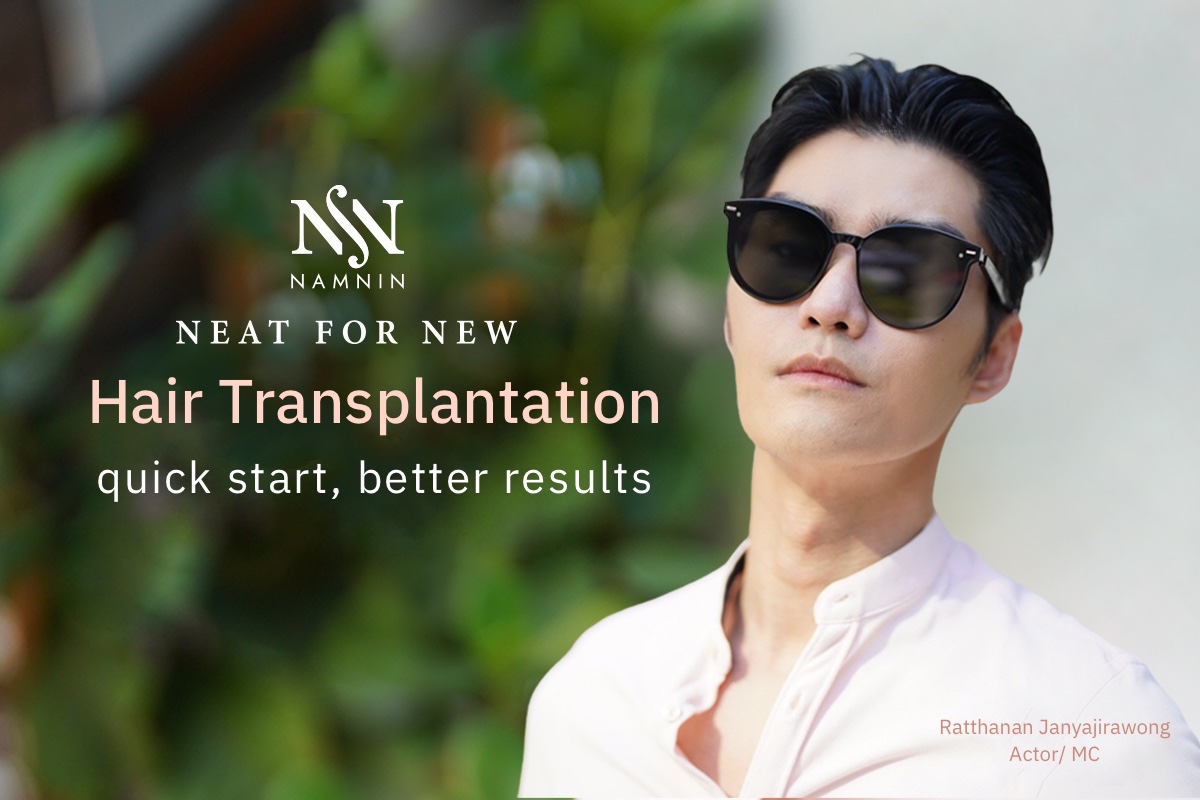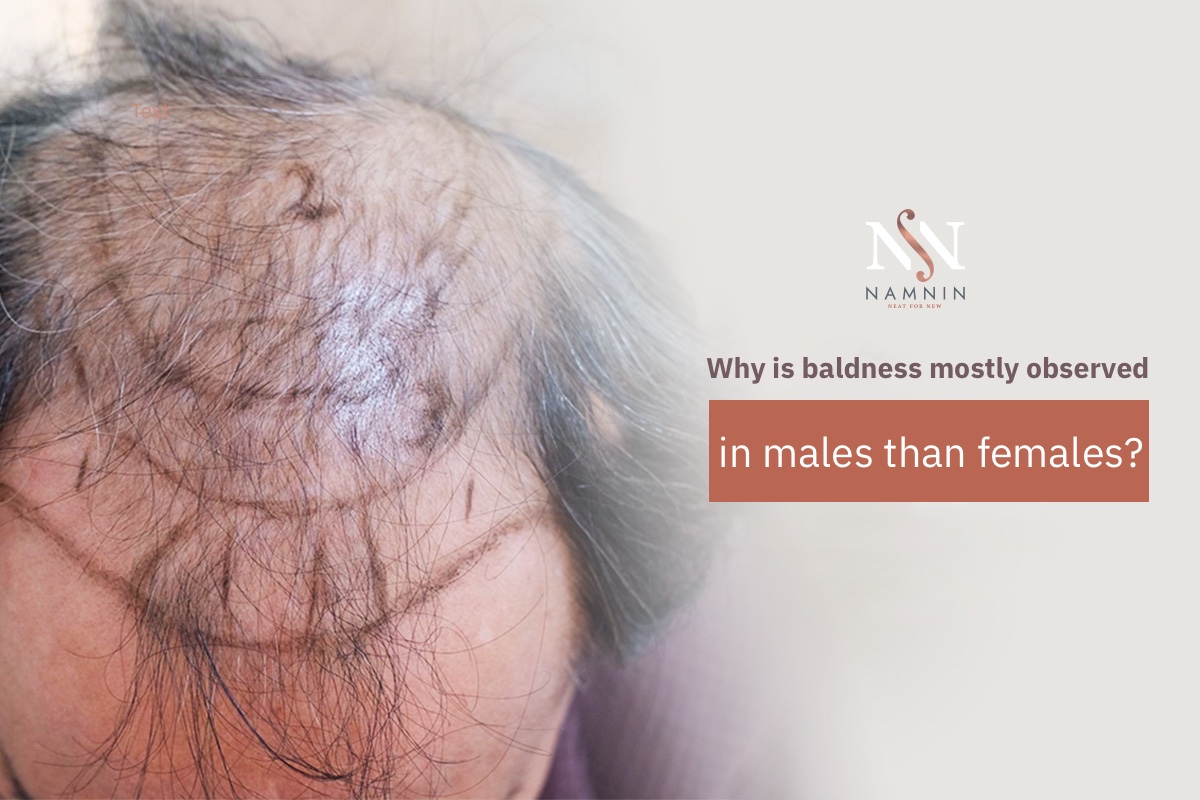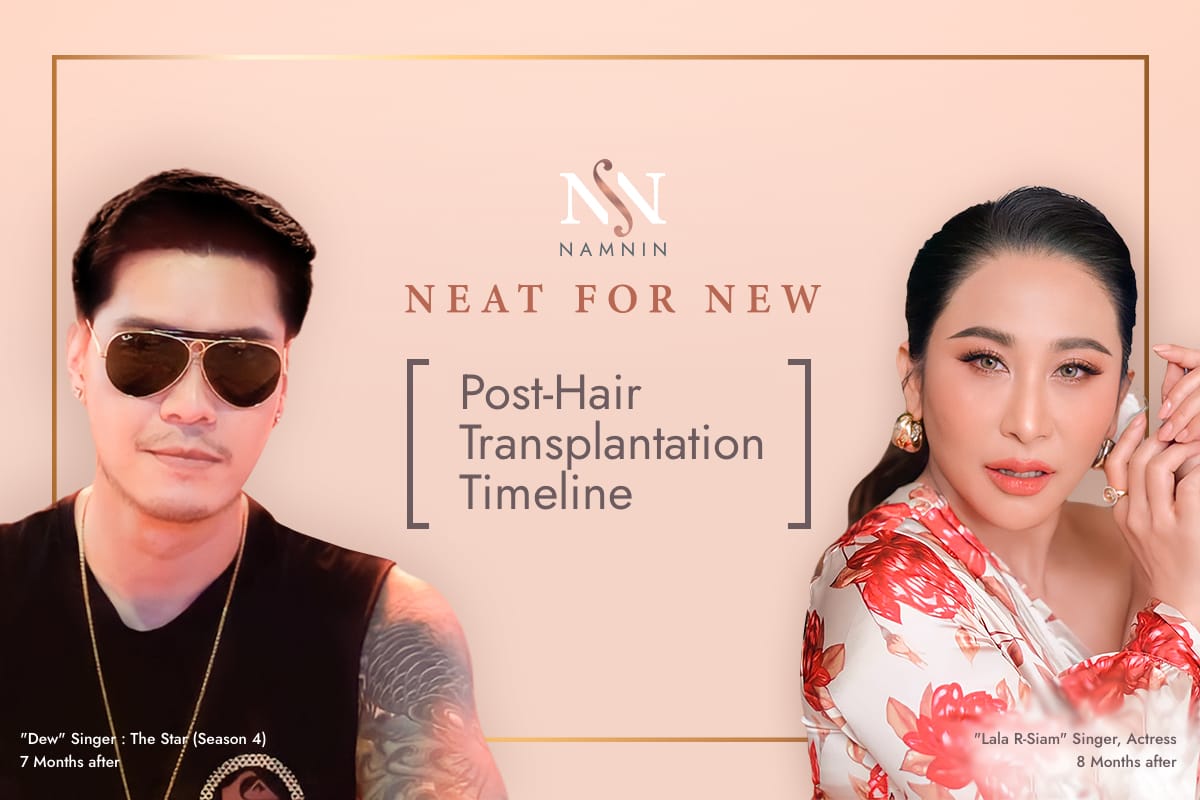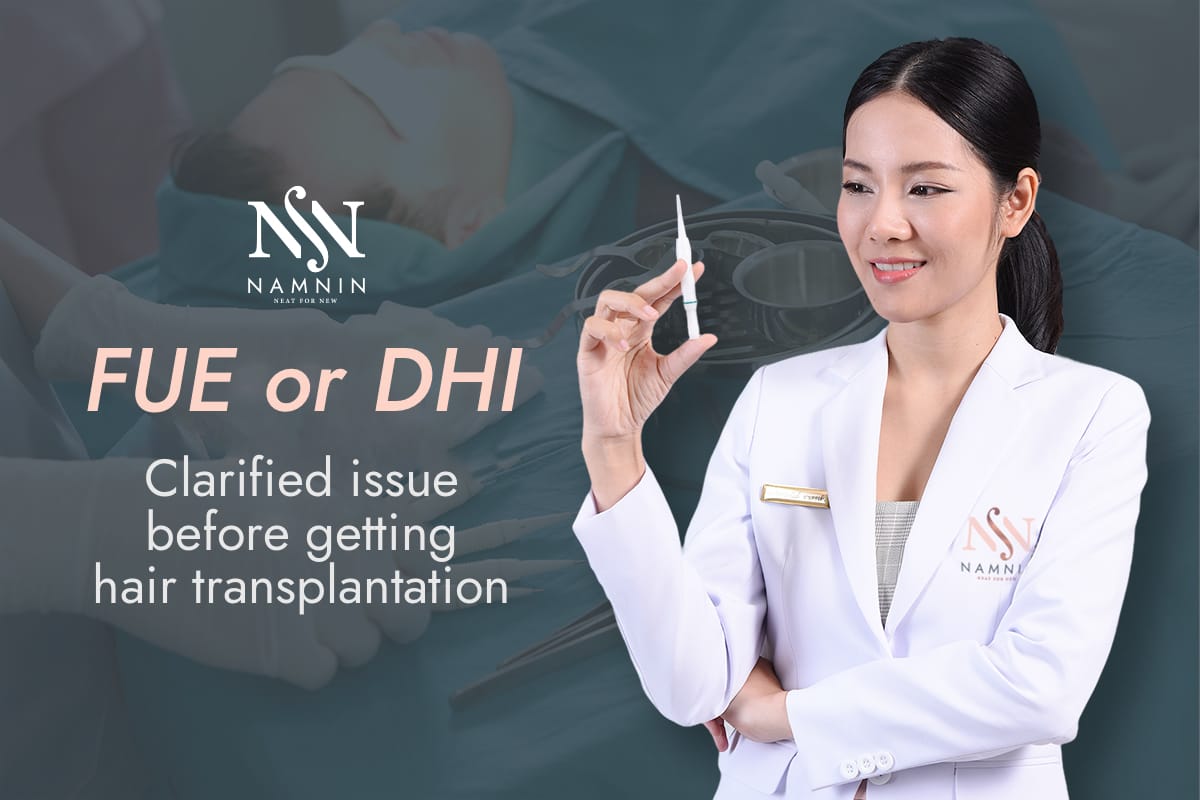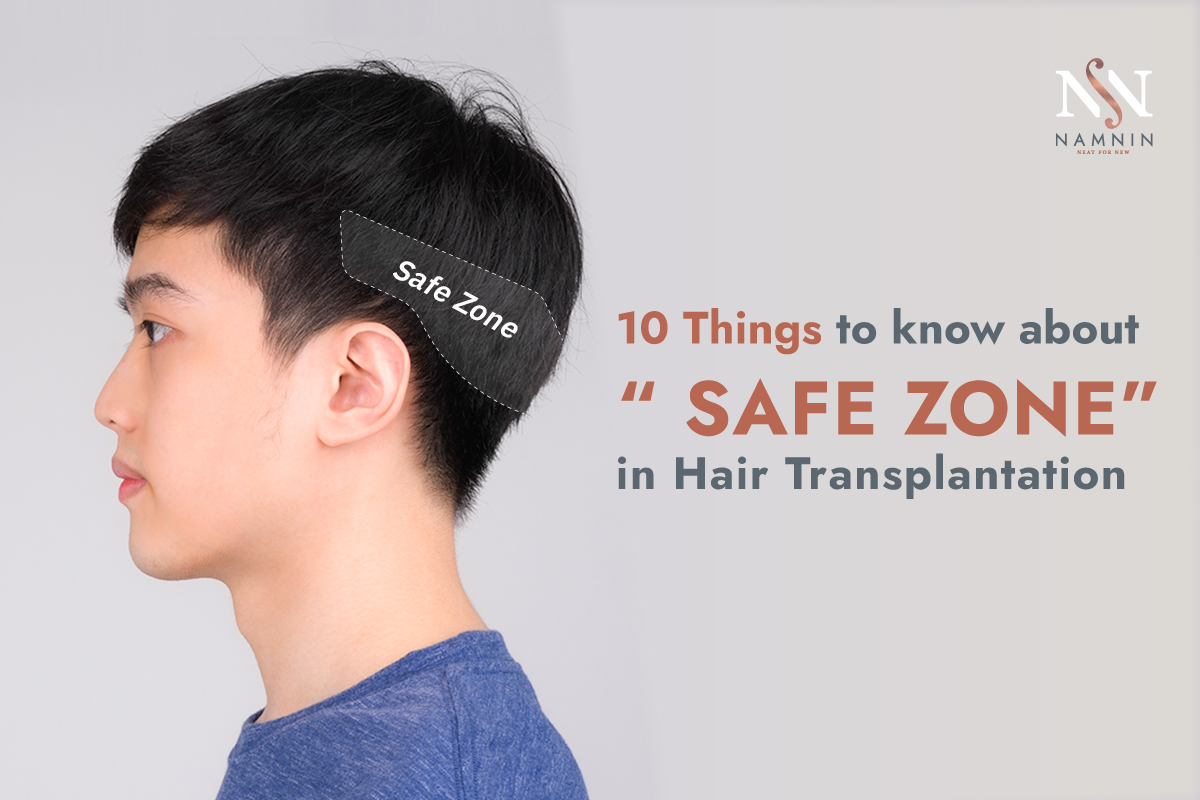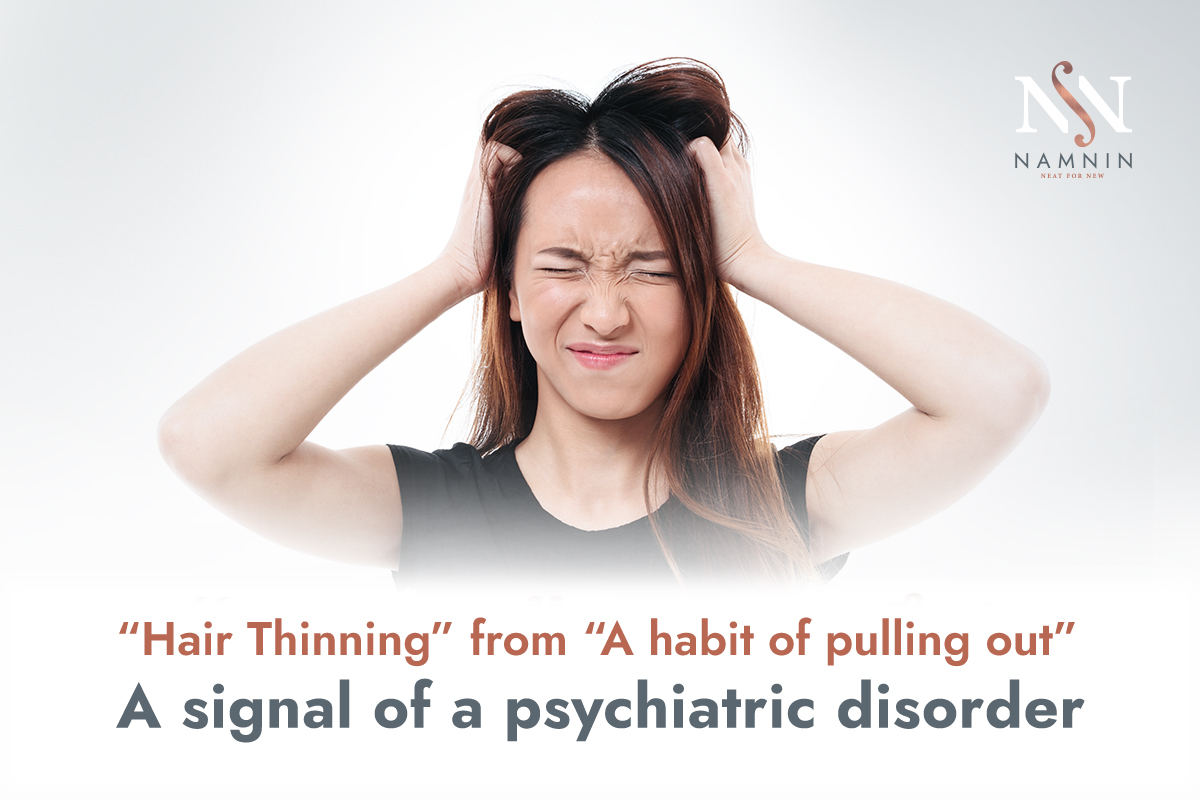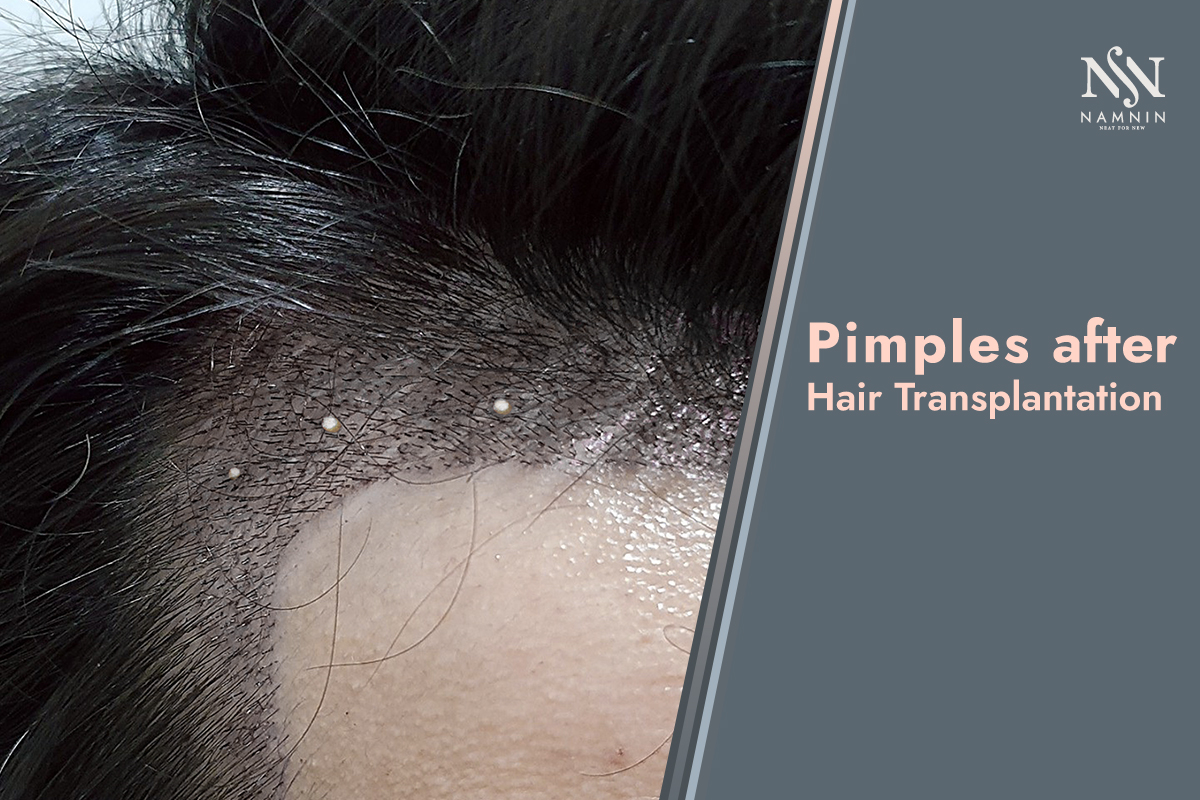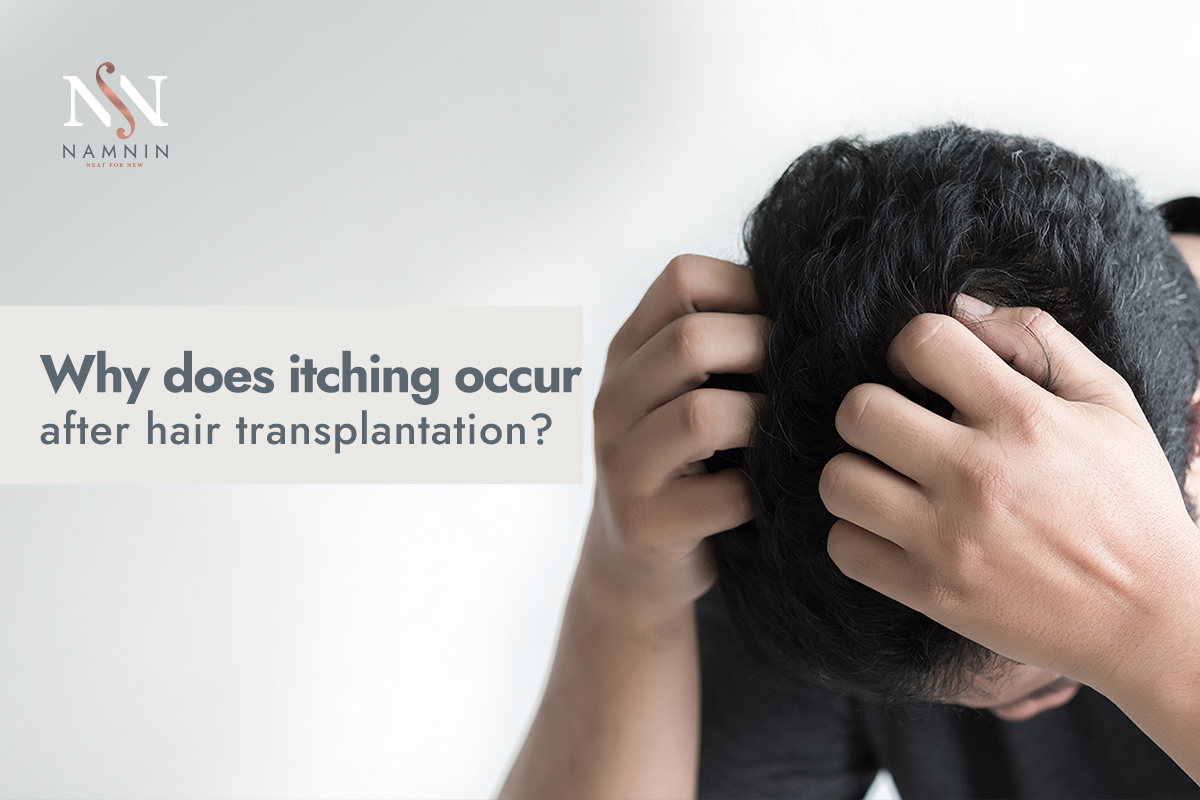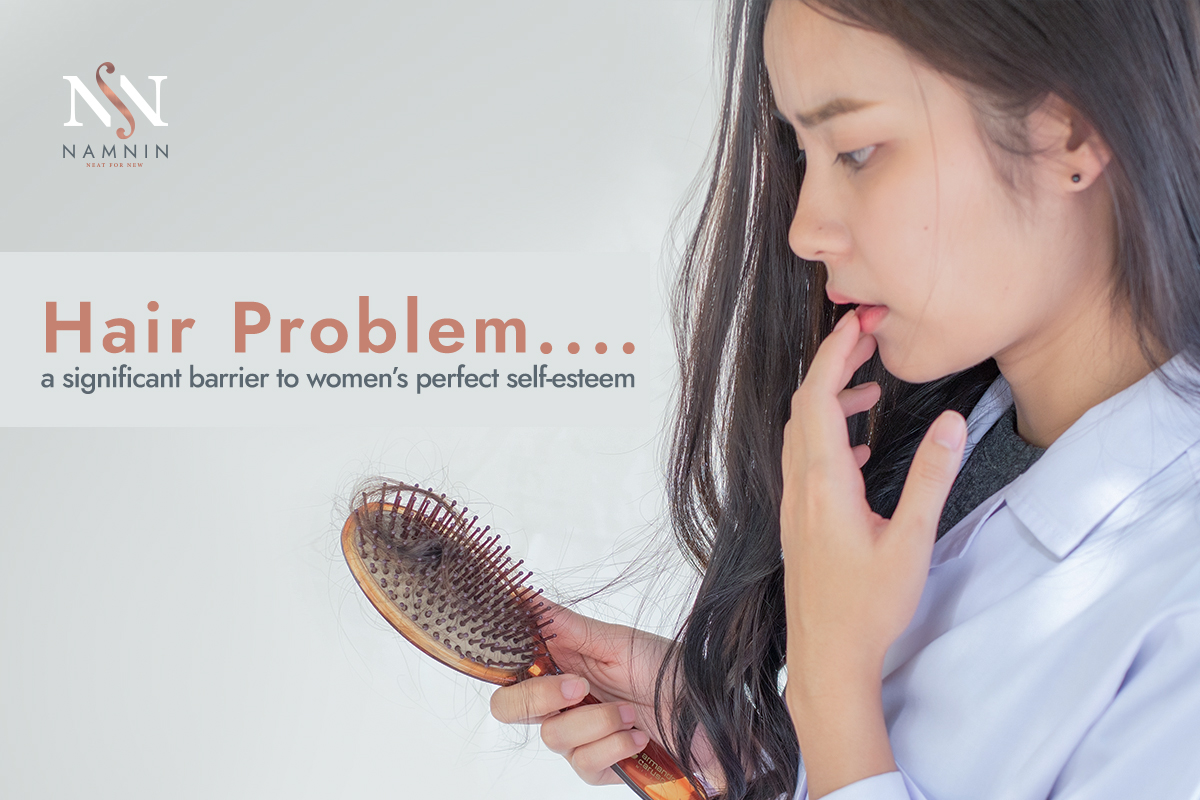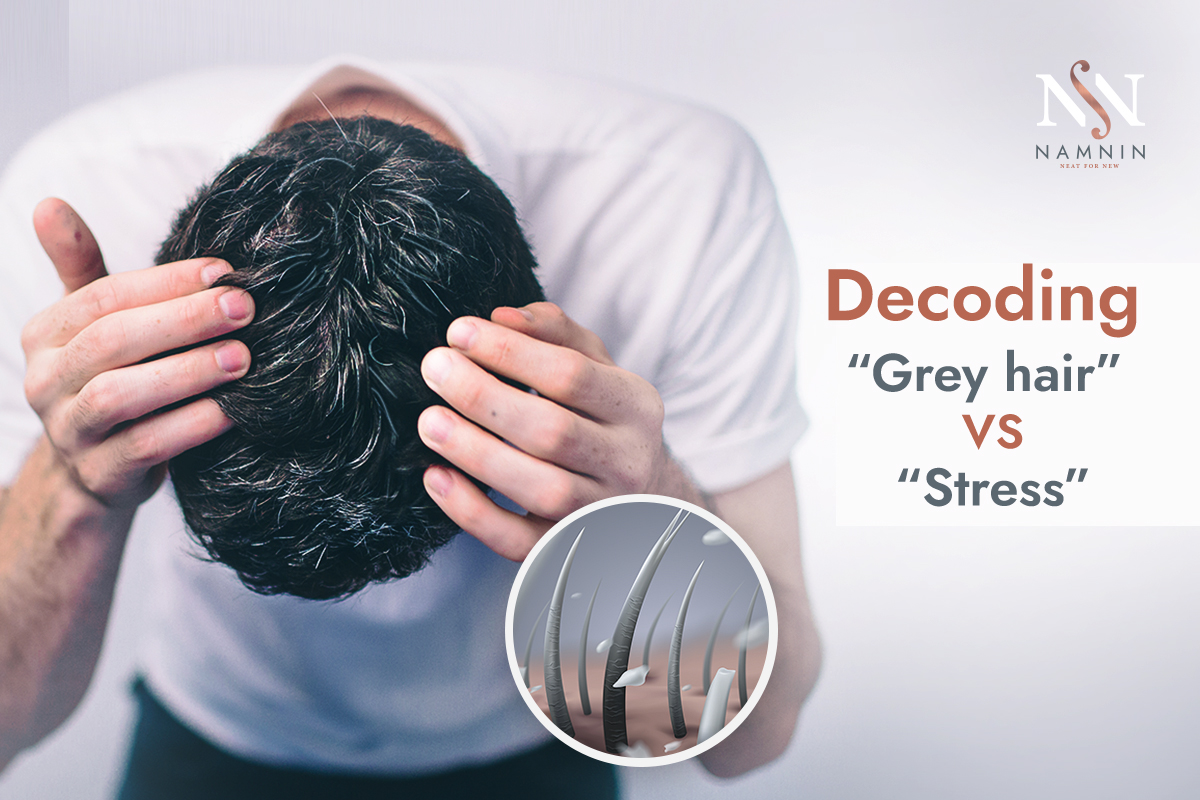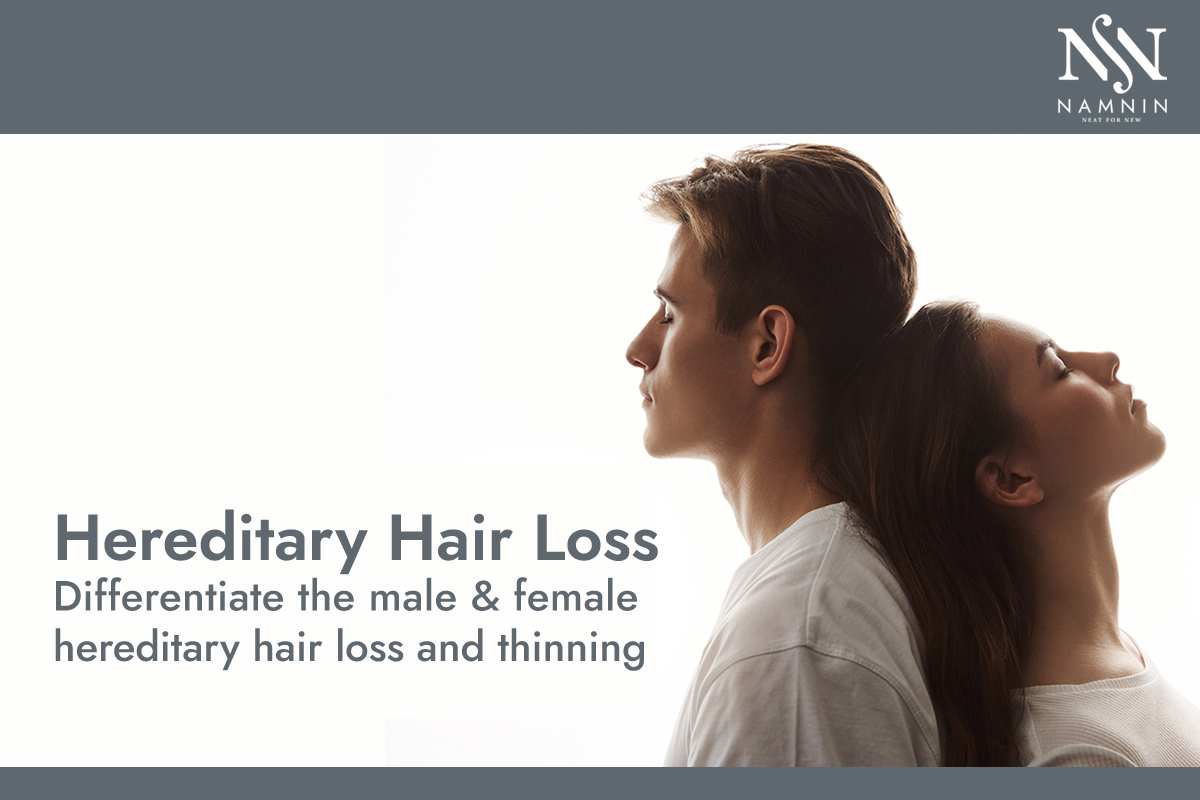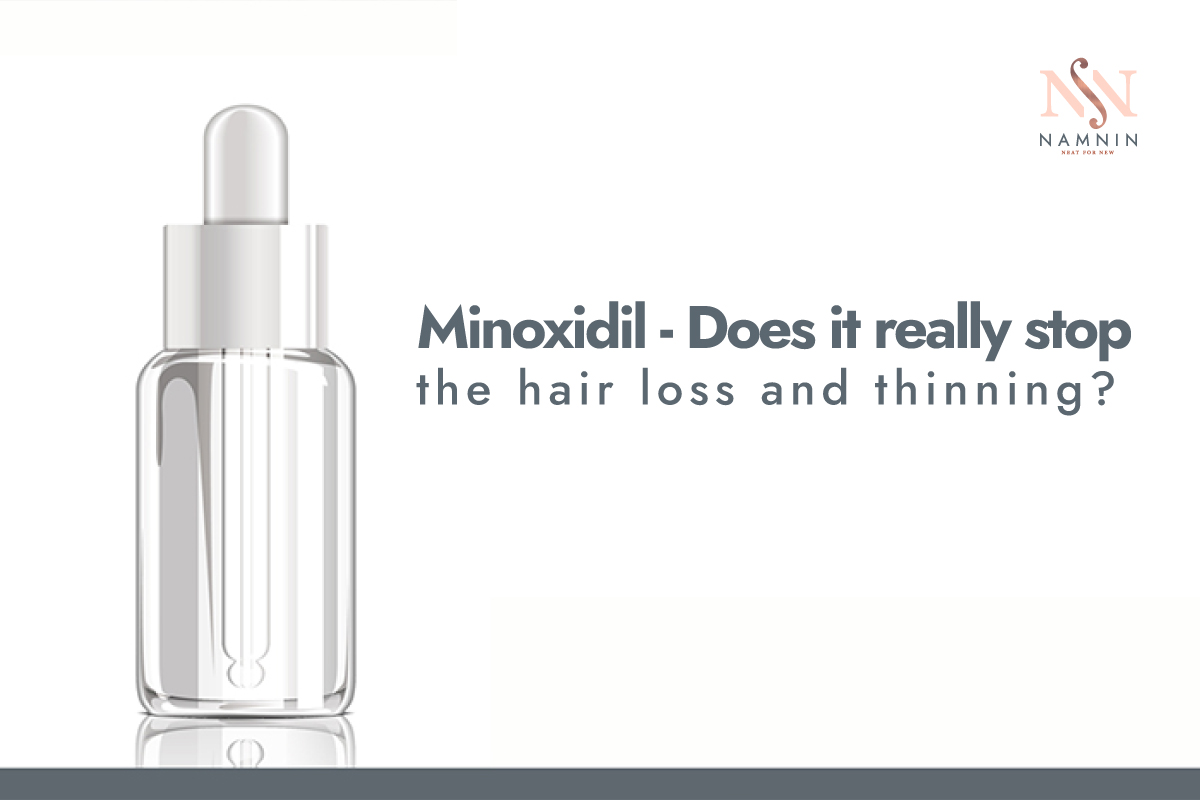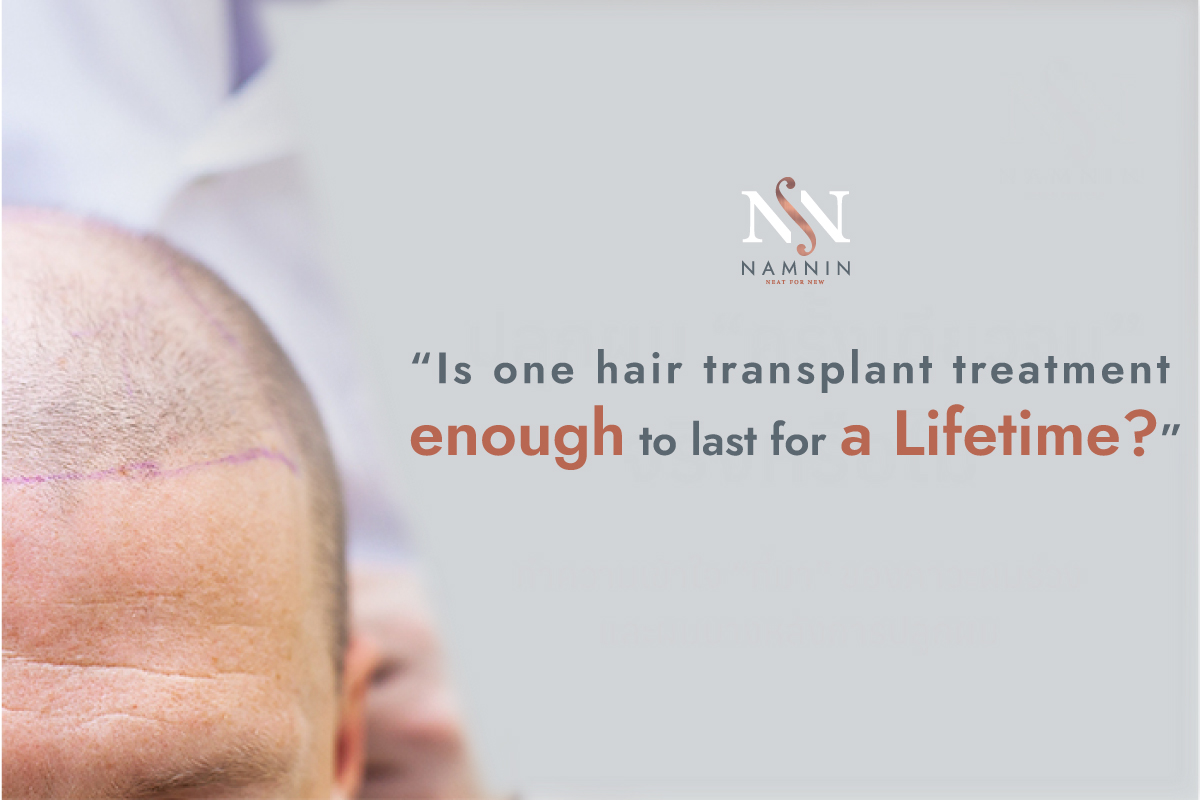Normally, our hair gradually grows longer over time as part of its natural cycle. But if you look in the mirror and start noticing that your hair isn’t getting any longer—especially at the front hairline—it might seem like a small issue. However, this could actually be the first sign of hair thinning or early-stage hair loss. Ignoring this early clue could eventually lead to permanent baldness.
That’s why even younger men—not just those entering middle age—should start paying attention to these subtle changes. Look out for these 3 early signs:
- Your front hairline stops growing longer, even though it should grow a little more each month.
- There’s no obvious hair fall yet, but just the fact that growth has stopped is already worth your attention.
- This symptom is often linked to genetics, passed down through family history.
If you notice signs like these, it’s a good idea to consult a doctor who specializes in hair and scalp health. Overlooking small signs—like hair that stops growing—can mean missing the chance to intervene before things get worse
A receding hairline at the forehead – When hair stops growing, it may weaken and eventually fall out. Many men first notice their hairline receding into an M-shape, a condition that can begin as early as young adulthood.
In addition, hair thinning and shedding can occur in other areas of the scalp, such as the crown, often forming what is known as an O-shaped thinning pattern. As hair loss progresses, it can ultimately lead to baldness.
Aside from the physical effects, thinning hair can also impact your appearance, self-image, and confidence. As the hairline moves back, the proportions of your face change, making you look older than you are. Hair loss may also cause anxiety or self-consciousness in both professional and personal life.
All of this explains why it’s important to address hair problems early on—before you get older or the issue becomes obvious. When you consult a hair specialist, they’ll assess your condition and recommend personalized treatments such as:
- Undergoing the PHB treatment program
- Permanent hair transplantation
It’s Never “Too Early” for a Hair Transplant
A common misconception is that getting a hair transplant at an early stage is unnecessary. But in fact, the earlier you act, the better the results—and here’s why.
Hair grafts aren’t unlimited.
The "donor grafts" play a crucial role in this equation. Permanent hair transplantation using the FUE technique involves extracting donor grafts from the back of the scalp and transplanting them into areas experiencing hair loss. Typically, hair in the occipital region (back of the scalp) is the most resilient against hair loss because it has a natural resistance to the hormone DHT (Dihydrotestosterone), which causes hair follicles on the scalp to shrink, leading to weaker, thinner, and more fragile hair that falls out prematurely. Most importantly, even after being transplanted, these donor grafts retain their special resistance properties for life.
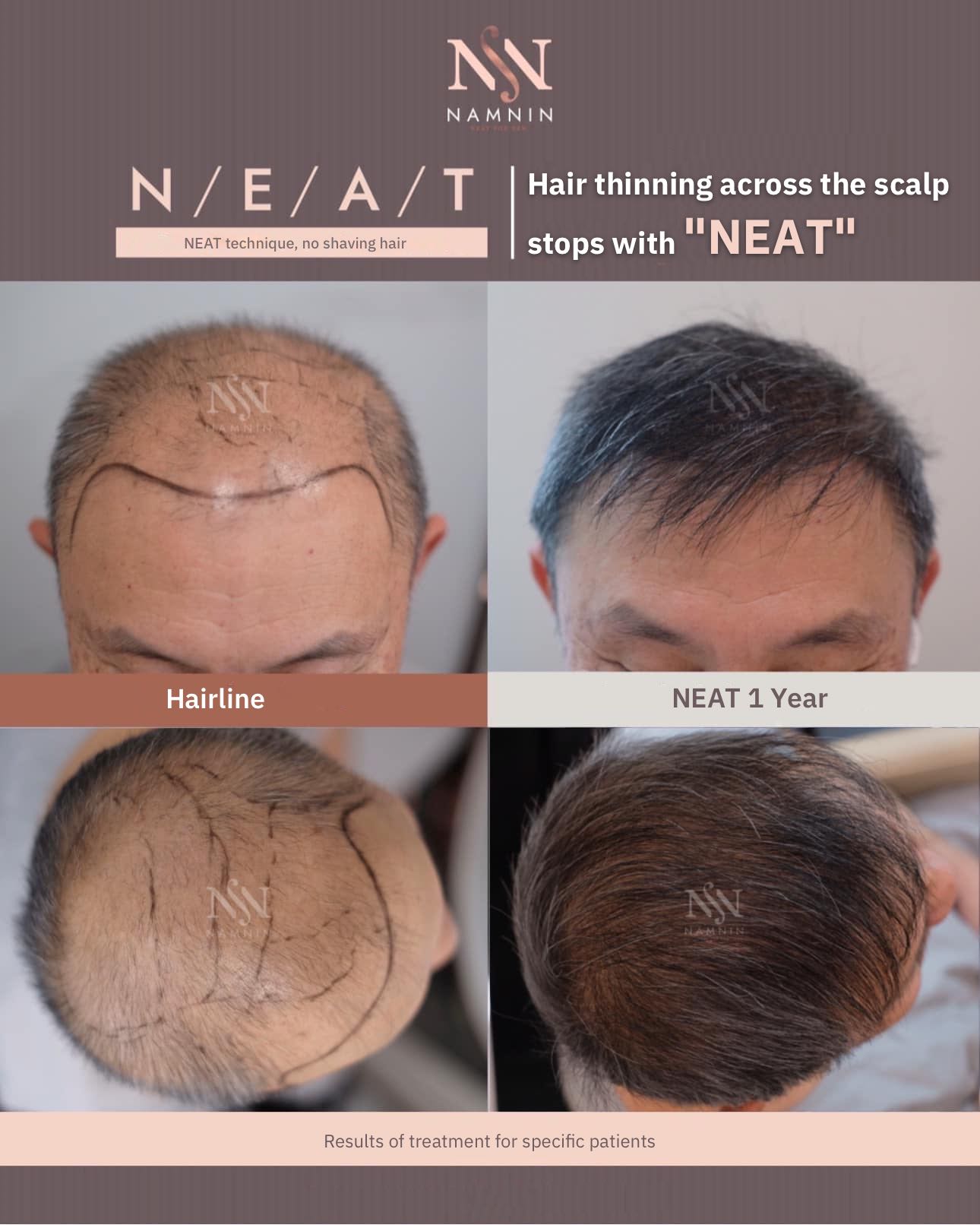
However, donor grafts are not unlimited or available indefinitely. As age increases, the number of viable donor grafts naturally decreases, while the area of thinning hair continues to expand. When the availability of donor grafts decreases while the area requiring transplantation increases, there is a risk that the available grafts may not be sufficient. In such cases, the grafts may only be enough for a moderate density rather than full coverage. Additionally, it is crucial to remember that doctors cannot extract all the hair from the donor area, as some must remain to maintain a natural appearance and prevent excessive thinning at the back of the scalp.
More importantly, waiting until severe baldness occurs increases the risk that there will not be enough donor grafts to perform a hair transplant successfully.
On the other hand, if a person chooses to undergo a hair transplant at a younger age, when the donor grafts are still abundant and the thinning area is relatively small, these favorable factors allow doctors to calculate and transplant a sufficient number of grafts for optimal density. Additionally, this approach enables doctors to preserve donor grafts for a potential second transplant in the future if needed.
Early Transplants = Early, Ongoing Hair Care
After a hair transplant at Namnin Clinic, your doctor will monitor progress for up to 18 months, the time it takes for new hair to grow in fully. During this period, doctors also recommend a custom hair care routine, including serums, oral supplements, and scalp treatments.
Even after 18 months, follow-ups are encouraged to maintain long-term hair health—especially since your natural hair is still vulnerable to DHT and can continue to thin over time. A structured care plan helps protect both transplanted and existing hair, reducing further hair loss in the long run.
Appearance and Confidence Don’t Have to Wait Until You’re Older
Wouldn’t it be better to spot early signs and act right away? Early intervention can restore your look, boost your confidence, and prevent the issue from escalating. Plus, dense, healthy hair now could last a lifetime.
Many people also worry that others will notice they’ve had a hair transplant, especially if they wait too long and need a dramatic change. If your hair loss is already severe, a transplant can significantly alter your facial frame—making the change more obvious.
But if you act early—before major thinning or a deep receding hairline—the results will look subtle and natural, and people might not even notice the difference. That means you can undergo treatment discreetly and confidently.
Hair transplantation is a worthwhile investment
Some people mistakenly believe that undergoing a hair transplant in the early stages of hair loss might not be a worthwhile investment. However, as discussed, the sooner you take action, the more beneficial it can be. Early intervention allows doctors to use fewer donor grafts to restore thinning areas, making the procedure more efficient and cost-effective. The number of donor grafts required is a key factor in determining the overall cost of a hair transplant. Additionally, starting early enables doctors to develop a long-term hair care plan to minimize future hair thinning and loss.
More importantly, choosing to undergo a hair transplant at a younger age can help enhance your appearance and boost your confidence without waiting until later in life—when it may be too late for a successful transplant.
Small warning signs, such as hair that stops growing, should not be overlooked. Recognizing these early indicators can be the key to slowing hair loss, preventing further thinning, and taking timely action under the guidance of a specialist. With the right treatment, you can restore thicker, healthier hair and enjoy lasting confidence for years to come.
